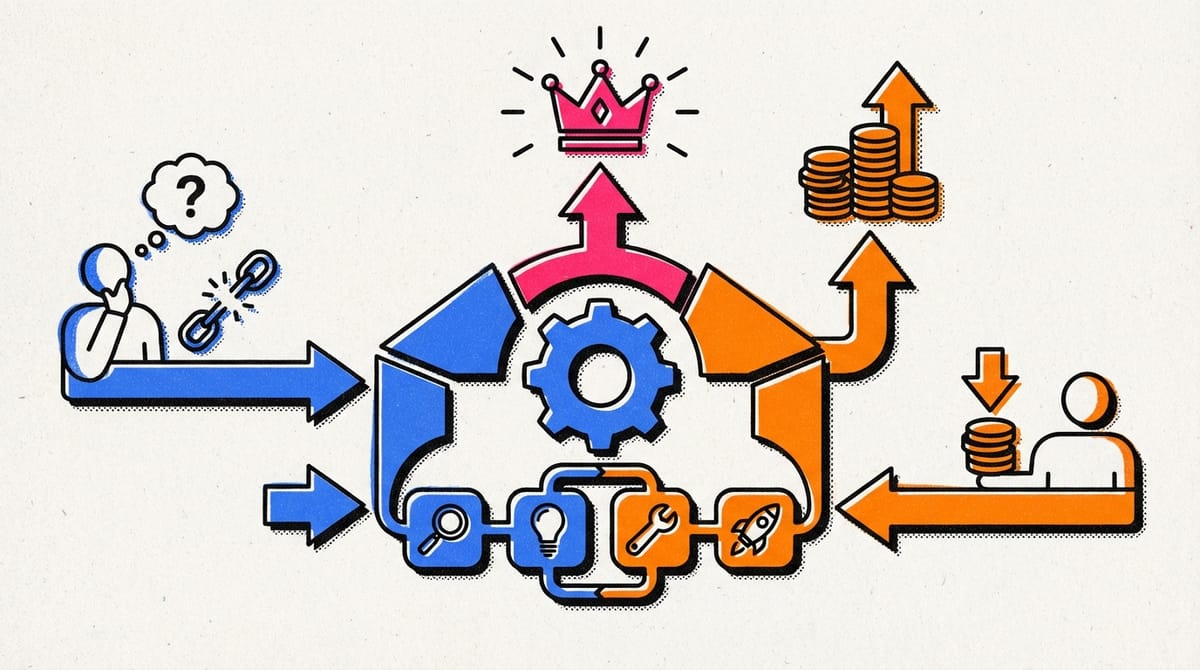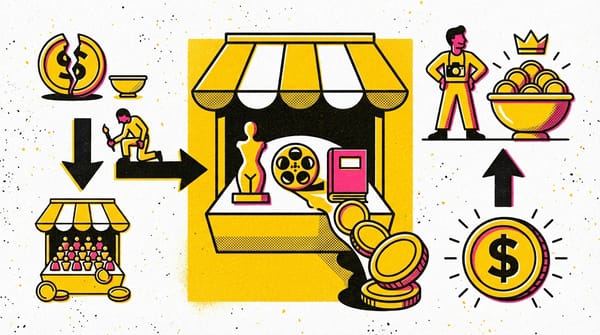The universal formula for the success of a product and digital business
Discover the universal formula for product and digital business success. Learn how to align user needs with profitability for lasting growth!

To create successful digital products, you need to understand them well, as well as the market (your customers). Let's start from a base that is intermediate between the product and the consumers.
This text is aimed at digital creators, individual entrepreneurs, digital marketers, and junior product managers.
Let's go!
For digital projects, we apply unit economics, a method of economic modeling that helps determine the profitability of a business by calculating the profitability of a business unit (a unit of product or a customer).
The basic rule of unit economics is that it should be cheaper to attract a user than the amount of money that user generates by using the product.
Of course, not all businesses are that simple. A company may have many products, and some of them may not be profitable, but they still help directly or indirectly to sell the main products. The basis of unit economics is a backbone that can help you in your calculations.




